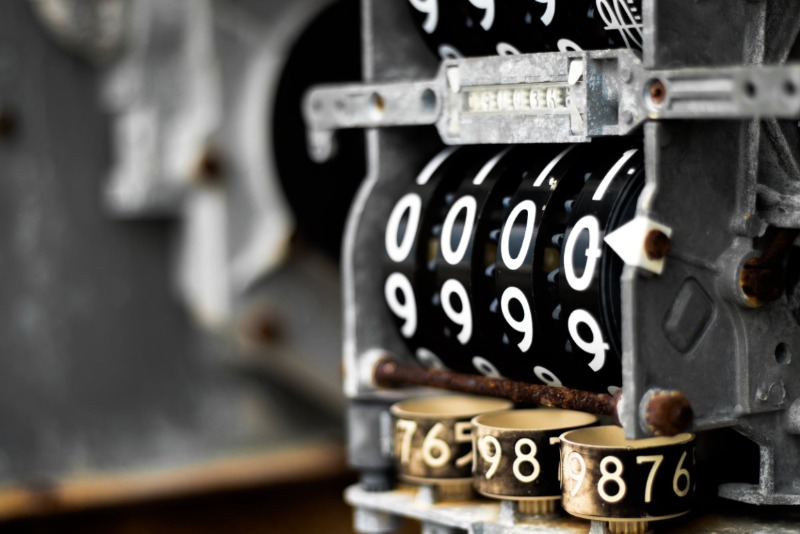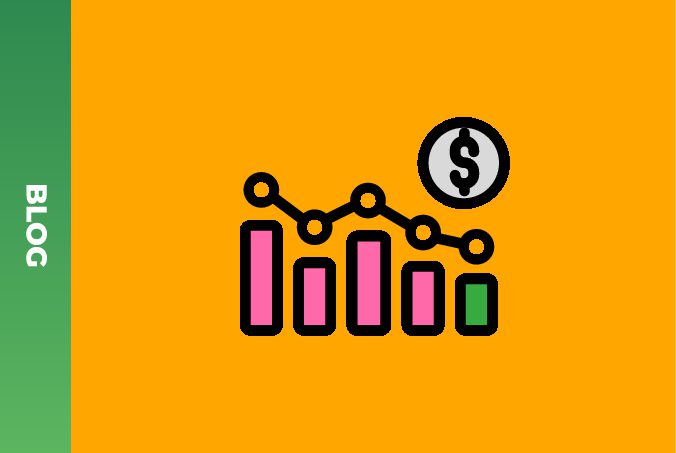Top 4 Lessons CTO and CIO Need to Get After the End of Coronavirus

Coronavirus (COVID-19) is sweeping the world, rapidly changing everybody’s lives, forcing millions to work from home (WFH) to protect ourselves, our families, and communities.
Until a vaccine is developed — there are many underway — life and work as we’ve known it, is forever altered. Infection rates have to reduce, and stay down, before life can return to normal.
Quarantines, lockdowns and massive amounts of government support for businesses have quickly become the norm. Companies are adapting quickly. Millions have temporarily closed around the world. Whereas, when services can be delivered remotely, this is continuing as normal as possible, albeit with whole teams and companies working from home.
In large corporations, CTOs and CIOs have been leading these sudden and unexpected changes. Managers and director’s have also been thrown in at the deep end. From working with colleagues in the same office, to everyone being at home and work needing to continue as normal as possible.
What this means right now?
Consumer trends have shifted, of course. Everyone is more uncertain and fearful of the future, and millions have been put on reduced pay, or laid off. Governments are stepping in to provide unprecedented support to companies and individuals. In other articles we will look more closely at what is happening in the here and now, and what that means for companies IT security.
In this article, we are asking the question; how the world will look after the Coronavirus pandemic?
The world before and after Coronavirus will look different. After the Coronavirus, it will take time for sectors such as hospitality, leisure, travel, and retail to recover. eCommerce will be more important than ever. Employees will demand more freedom and flexibility, especially since this will demonstrate how easily people can adapt to working remotely.
In particular, this is going to have a profound impact on the way CTOs and CIOs adjust and overhaul company networks. We may go back to normal, as far as possible, but given our reliance on the Internet, this is going to have a profound impact on digital systems and networks for decades to come.
Top 4 lessons from Coronavirus for CIOs and CTOs
#1: Migrate to the cloud
For companies that were still using on-premises servers, this has been a sudden wakeup call to push forward with a cloud migration. Everything that is on-site needs to be securely accessed by everyone who’s working from home.

Even if companies can connect on-prem servers to colleagues working remotely from home, what if something goes wrong? IT technicians would need to go into the office, potentially facilitating the spread of the virus as people from different households would need to work together in close proximity. It isn’t worth the risk.
To endure the current crisis, and be prepared for potentially prolonged lockdown/quarantine situations, moving to cloud-based servers, for everything important, is essential. Migration was already a significant trend in 2019, with 94 percent of Enterprise respondents to a RightScale survey saying they already use cloud services. This current crisis is simply accelerating moves already being made.
#2: Single Source of Truth (SSoT) for employees and customers
According to Gartner analyst Sandy Shen speaking in CIO.com, this has been “a wake-up call to organizations that focus on daily operational needs at the expense of investing in digital business and long-term resilience.”

No one could have been prepared for this. Planning for an unexpected global pandemic probably didn’t factor into many business continuity scenarios. However, companies that already had employees working from home and remotely, would be more prepared than others.
One of the immediate realizations is that companies with on-site servers, hardware and other systems were at a disadvantage. Now everything needs to be securely accessible via cloud-servers, including in some cases, telephony systems. Employees who aren’t furloughed (temporarily off work, usually with governments covering payroll) need to keep working, and the only way that’s possible is with remote systems.
After or during this pandemic, companies need to establish a Single Source of Truth (SSoT) for employees and customers. Give everyone who needs it secure access to the relevant materials, documents, support, videos, and assets. Hopefully, the world won’t see a repeat of COVID-19. At least with a SSoT — a secure portal where everyone can access what they need — working remotely won’t be a massive IT headache in the future.
#3: Data governance and security
As part of this, data governance and security is essential. With millions of employees relying on a handful of Internet providers, personal devices, and Wi-Fi, this is a unique opportunity for cybercriminals. We are likely to see a rise in data breaches in the weeks and months ahead, even if they’re not reported for some time.

Company and customer data is at risk. Plus, with people working from home and coping with this situation, including working around families and children, mistakes will happen. Documents and sensitive information could be accidentally shared, lost, or destroyed. For companies that don’t have a functional data governance framework, there are ways this can be engineered quickly.
One way to do this in a hurry is to use Amazon Web Services (AWS), with Identity and Access Management (IAM) enabled. We talk about this in more depth here. This way, for documents and assets that need more security and a traceable chain of access, you can have something up and running fairly quickly. After this, companies can invest in more robust security and protocols to ensure data governance is operating effectively for remote working.
#4: Remote access
Now every CIO and CTO is having to think about how to ensure everyone has remote access. Even if this was initially established in a hurry, there is a real need to ensure what is established now can adapt and stay operational for months.

Companies need to create the right remote access operating environment. Either this means organizing this internally, or working with partners with the relevant IT security expertise and experience to support this shift to remote access and working. With the right systems and policies in place, you can rest assured knowing that data is secure and employees can work uninterrupted, as if everyone was in the same office.
Remote access need to include a mix of security, data governance and multi-platform systems flexibility. Some employees will be using work devices, whereas others will use whatever they can, including smartphones and tablets. Providing they can still work, still access everything they need, and communicate with the rest of the team daily, then remote access will help maintain pre-Coronavirus levels of productivity.
Companies everywhere are dealing with unprecedented changes, and adapting quicker than many thought possible.
Conclusion
Life after Coronavirus is going to be different. How we work is going to be forever changed by this crisis. Chances are, the majority will return to offices and places of work; but going forward there will be extensive evidence that WFH or other locations is more practical and possible. Companies may also encourage it, to reduce office overheads. CIOs and CTOs are taking steps now that will have a lasting impact. During and after this, IT systems need to be cloud-based, more secure and robust, so better able to cope with remote teams.
If you want to know how data can be a good response to complexity for your business — GreenM’s architects team would be happy to schedule a free whiteboarding session to collaboratively think through the right solution with you.
WANT TO KNOW HOW TO DESIGN A HEALTHCARE DATA PLATFORM?
Learn about our approach to building an agile ecosystems with an architecture of multiple secure data layers, distributed storage and internal and external APIs.






